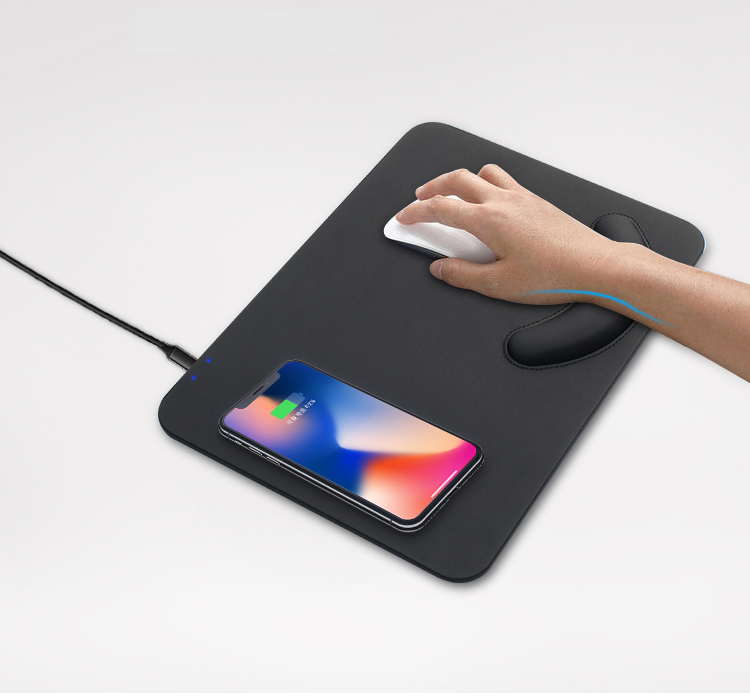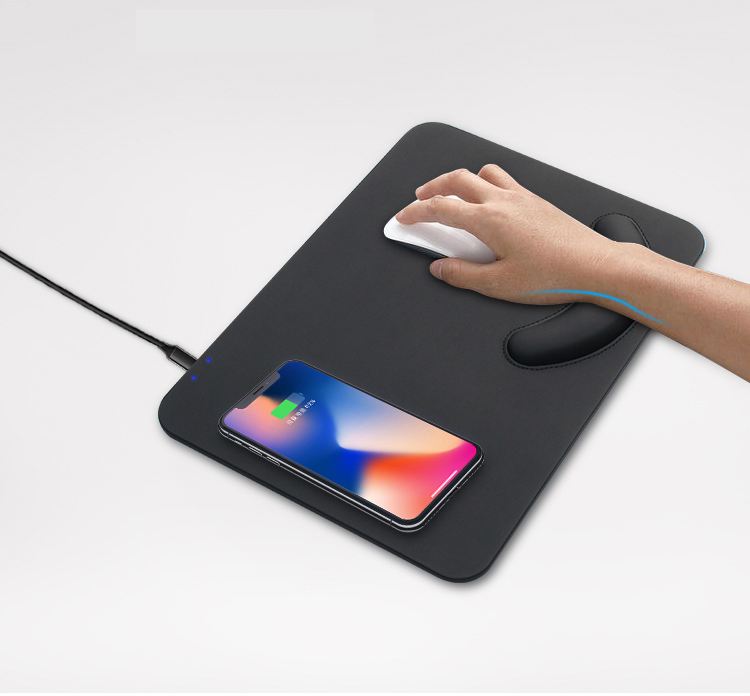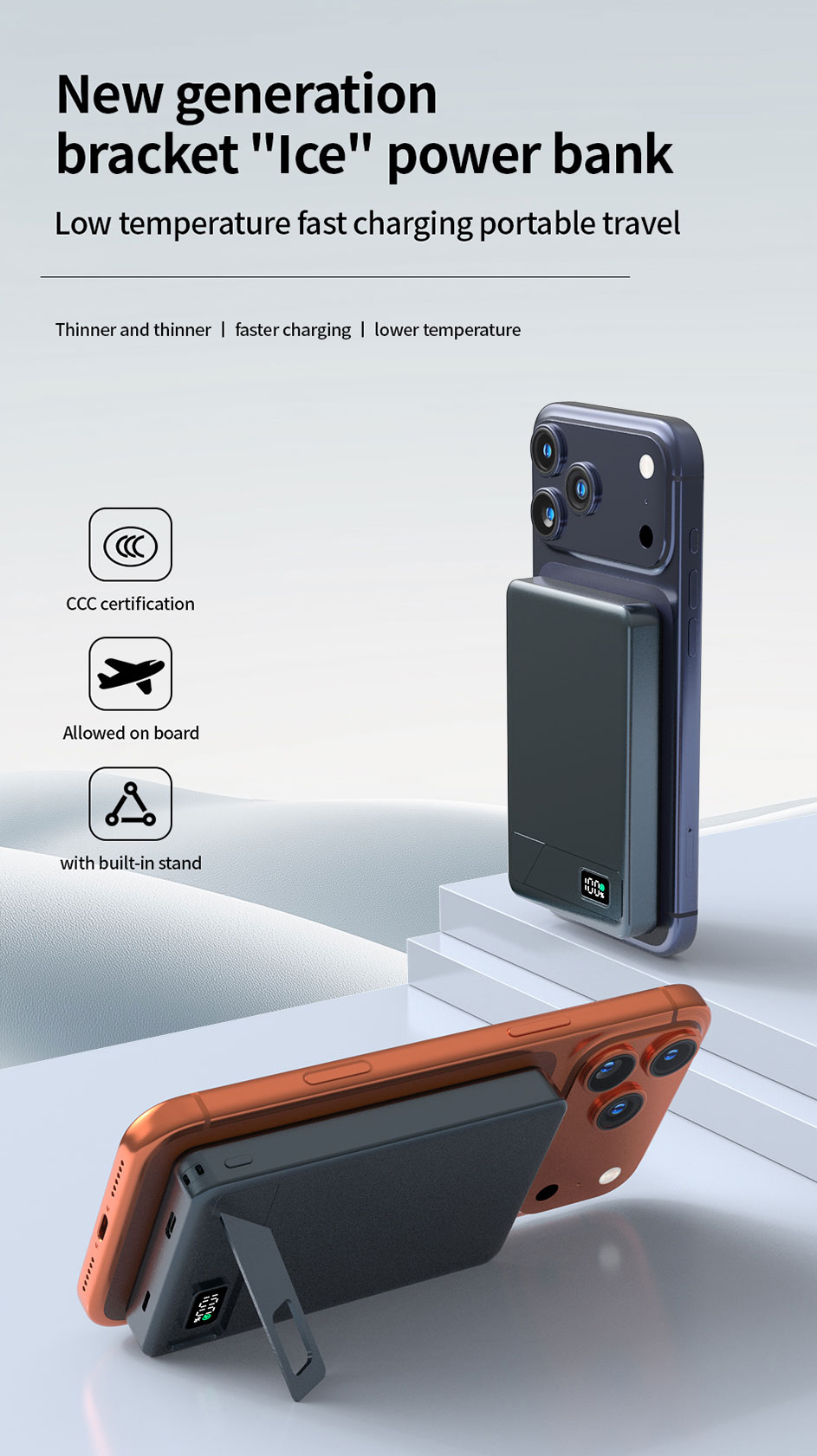Wireless charger

Say goodbye to tangled cables and welcome the era of wireless charging

In recent years, the advent of wireless charging technology has revolutionized the way we power our devices. Gone are the days of struggling with tangled cables and searching for an available power outlet. With wireless charging, all you need is a compatible device and a charging pad. Let's delve into the remarkable world of wireless charging and explore its benefits, functionality, and future prospects.
1. How does wireless charging work?
Wireless charging relies on the principle of electromagnetic induction. The charging pad contains a coil that generates an alternating magnetic field when connected to a power source. This field can transfer energy to a coil embedded in a compatible device, initiating the charging process. The device must be placed in close proximity to the charging pad for effective power transfer.
2. The benefits of wireless charging
2.1 Convenience: With wireless charging, the hassle of plugging and unplugging cables is eliminated. Simply place your device on the charging pad, and it will start charging automatically. This ease of use is particularly handy in public spaces, such as cafes or airports, where available power outlets might be limited.
2.2 Durability: Traditional charging cables are prone to wear and tear, leading to frayed wires and unreliable connections over time. Wireless charging eliminates this issue, as there are no physical connectors involved. This increases the durability of both the charging pad and the device being charged.
2.3 Versatility: Wireless charging is not limited to smartphones. Various electronic devices, including smartwatches, tablets, and even electric vehicles, are now compatible with wireless charging technology. This versatility offers the potential for a more streamlined and efficient charging experience across different device types.
3. The future of wireless charging
Despite the numerous advantages of wireless charging, there are still challenges to overcome. One major obstacle is the limited range of the charging pad, requiring devices to be placed in close proximity for power transfer. Researchers are actively working to develop longer-range wireless charging solutions, which would enable charging over larger distances, even without direct contact.
Another area of development is the integration of wireless charging technology into public spaces. Imagine walking into a coffee shop and having your phone automatically charge when placed on a designated table. This vision is becoming a reality, as businesses and public areas are starting to adopt wireless charging infrastructure, providing users with uninterrupted charging capabilities throughout their day.
In conclusion, wireless charging is an extraordinary innovation that has transformed the way we power our devices. It offers a convenient, durable, and versatile charging solution, freeing us from the limitations of traditional wired charging. With ongoing advancements and expanding infrastructure, wireless charging is poised to become the standard method of powering our electronic devices, bringing us closer to a cable-free future.




